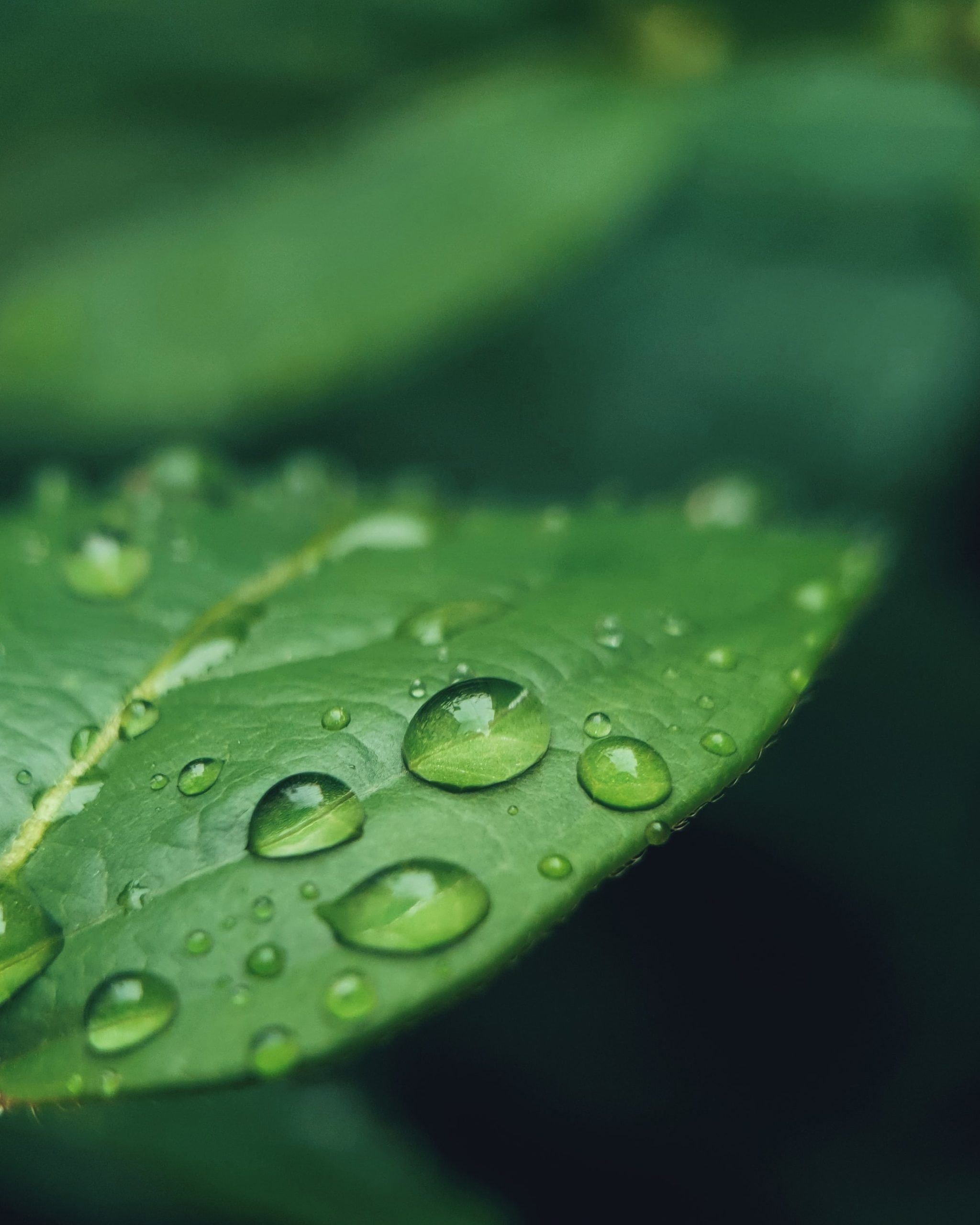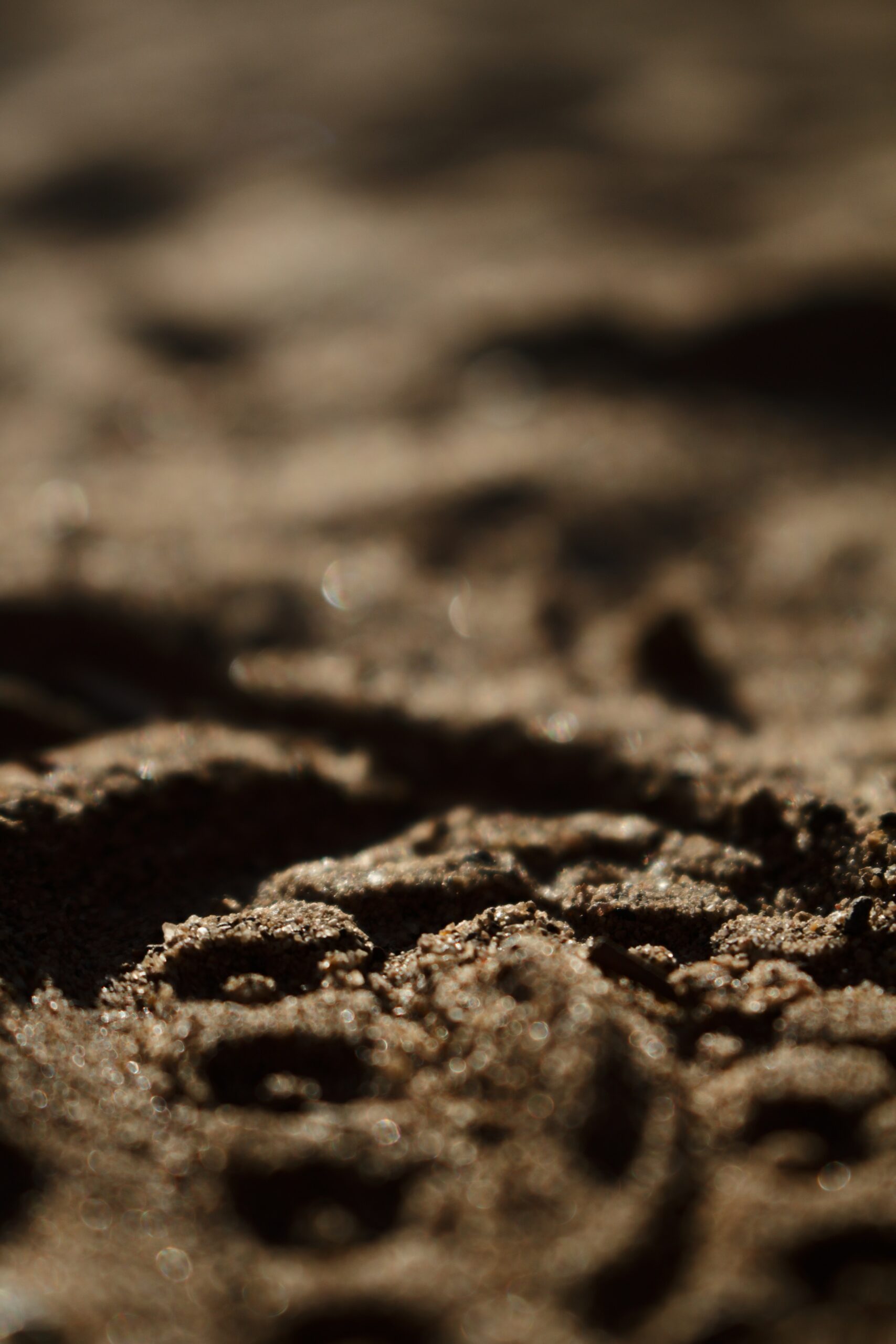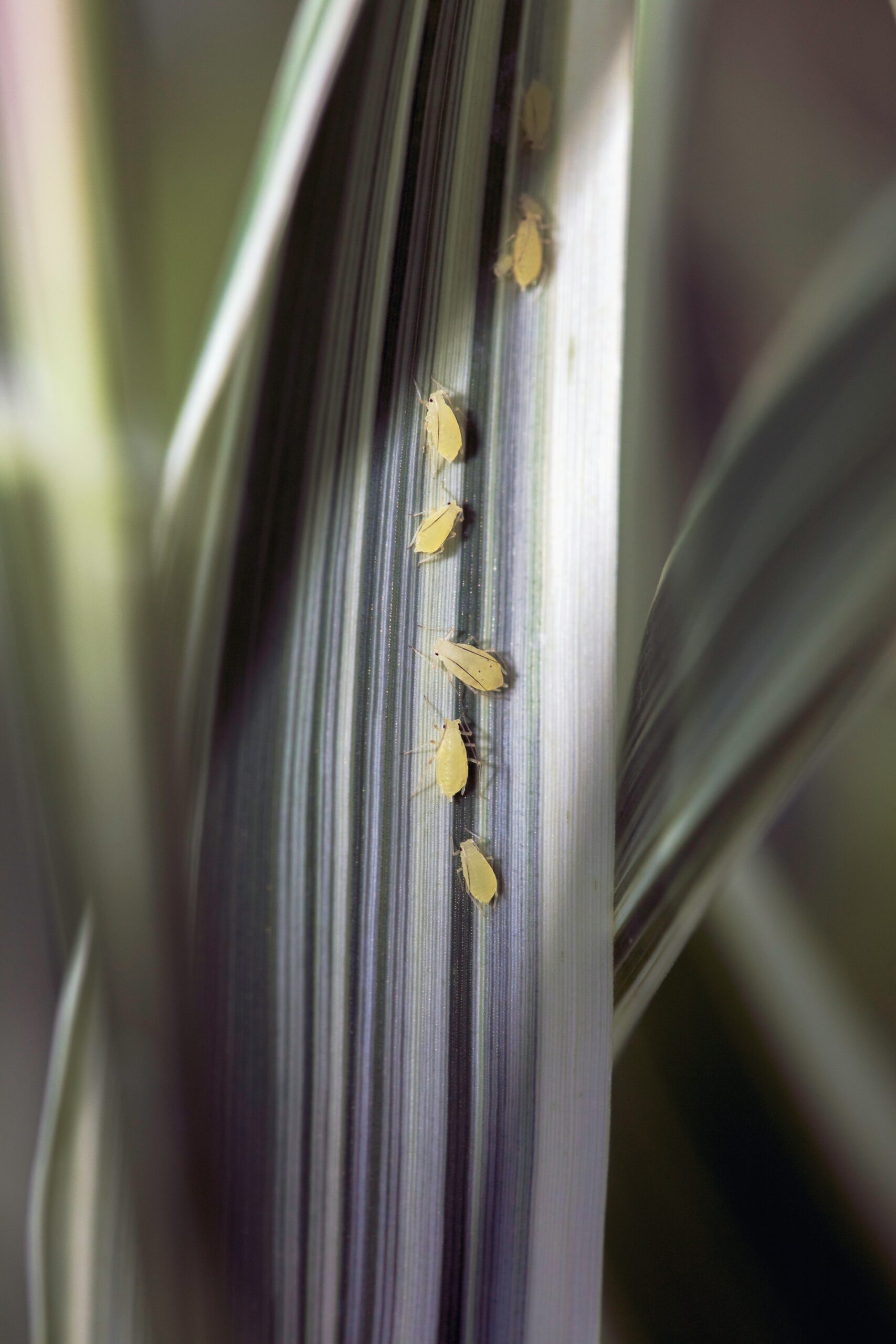One of the questions we get asked most frequently by beginner growers is, ‘why do I need to use additives?’.
Good quality base nutrients provide a solid foundation for plant nutrition. However, many growers choose to use additives to build upon that foundation. Additives can offer precision growth enhancement or manipulation with profound results.
There are a variety of different types of additives that can be used at different stages of the plant growth cycle. When used correctly, additives can stimulate stronger and healthier growth and influence various plant processes. In this post, we discuss a variety of forms of plant additives.
Cloning additives
Cloning additives and solutions are used on seedlings, cuttings (clones) and young plants in the vegetative stage. Cloning additives often contain ingredients such as hormones and fungicides to prevent contamination and improve strike rate, rooting speed and vegetative growth. Examples of cloning additives include Growth Technology Clonex and Rootex. Check out our cloning tutorial to learn more.
Root stimulators
Root additives stimulate growth in the plant’s root system. There are root additives available for seedlings, cuttings, and mature plants. Additives such as House & Garden Roots Excelurator and BAC Flush have protective qualities that prevent root diseases and damage. Other additives such as BAC Roots, and Nutrifield Root Nectar can be used on seedlings and cuttings to stimulate the formation of new roots and root branching. Some root additives are formulated using fungicides and minerals, while others contain organic ingredients (BAC Daily).
Foliars and Wetting Agents
Foliars are used to provide nutrition to plants by applying additives directly to the leaves. Plant leaves readily and swiftly absorb nutrients, allowing sick plants to heal quickly or healthy plants to thrive. Unlike regular nutrients and additives that are absorbed by the roots, foliars are absorbed through the stomata on the leaves. Foliars can only be used during veg and the first few weeks of flower and should not be sprayed on buds or fruits. Foliars should also be used while the lights are off to prevent burning of the leaves, and while the stomata are open. Wetting agents such as Flairform Top Wetting Agent, increase the effectiveness of foliar sprays such as foliar additives, fungicides and pesticides. Learn more in An Introduction to Foliar Feeding.
Flowering Additives
Flowering additives are formulated to increase flower and bud production in healthy plants. These additives are generally used from the onset of budding until flowers or fruit are fully formed. Bloom additives primarily contain phosphate (“P”) and potassium (“K”). These elements are more in demand during the flowering and fruiting phase. Organic plant-growth-regulators such as auxins, gibberellins and cytokinins are also useful components of flowering additives (see A Guide to PGRs in the Grow Room).
Silica
Silica additives contain silicon dioxide in the form of mono silicic acid or potassium silicate. Silica is a vital element that plants use at the cellular level to build up natural plant defences through cell wall development. Most hydroponic base nutrients do not include silica because it is reactive in its pure form. Silica strengthens cells from the inside out producing a structurally stronger plant with superior leaf orientation, and increased rates of chloroform and photosynthesis. Unused silica accumulates in the outer layer (epidermis) of cell walls preventing damage caused by pests and other plant stressors (see All About Silica to learn more).
Organic Additives
Organic additives contain ingredients such as beneficial micro-organisms that would not survive in pure, highly concentrated mineral formulations. Organic additives can range from things like compost and guano, to liquid formulations such as BAC Daily and CANNA Bio Boost. These additives contain ingredients such as amino and fulvic acids, plant extracts, enzymes, fungi and bacteria that enhance metabolic processes, improve the absorption and transport of nutrients throughout the plant, increase chlorophyll production and protect against various deficiencies and diseases. Organic additives aren’t just good for plants, they’re good for the substrate too!
Kelp & Seaweed
Kelp and Seaweed additives are formulated using sea plants including kelp, seaweed and sea grass. Each with its own unique plant health promoting properties and micro-nutrient and hormone profile. The presence of high levels of potassium and trace elements is an additional benefit since it provides plants with a natural source of minerals beneficial to flower and fruit development. Kelp and seaweed additives improve yield and flavour, stimulate root and shoot development, strengthen cell walls, and improve disease resistance.
Calmag
Cal-Mag is a liquid supplement that provides calcium, magnesium, and iron to plants. The micro-nutrients in Cal-Mag are primary ingredients required by all plants, but particularly those that bloom or produce fruits or vegetables. Both calcium and magnesium can also raise the pH level of the growing medium. Calcium aids in the growth of new cells. Calcium deficiency results in slower growth and fewer (or smaller) fruits, vegetables, or blooms. Magnesium plays a central role in the production of chlorophyll. In other words, magnesium assists plants to capture sunlight and convert it into energy for growth. Magnesium deficiency can result in slow or stunted growth.
Plant Growth Regulators (PGRs)
PGRs, or plant growth regulators, are synthesised chemicals that mimic the natural hormones of plants. PGRs can promote certain characteristics by triggering physiological responses. They are normally used to promote larger, denser flowers and shorter, stockier plants. There are also natural or organic PGRs which provide plants with an additional supply of auxins and cytokinins. Examples of natural PGRs include seaweed, kelp extract, bat guano extract and alfalfa extract found in products such as BAC Organic PK Booster, NTS Tri-Kelp, and Nature’s Own Super Bloom Guano. (See A Guide to PGRs in the Grow Room to learn more).







